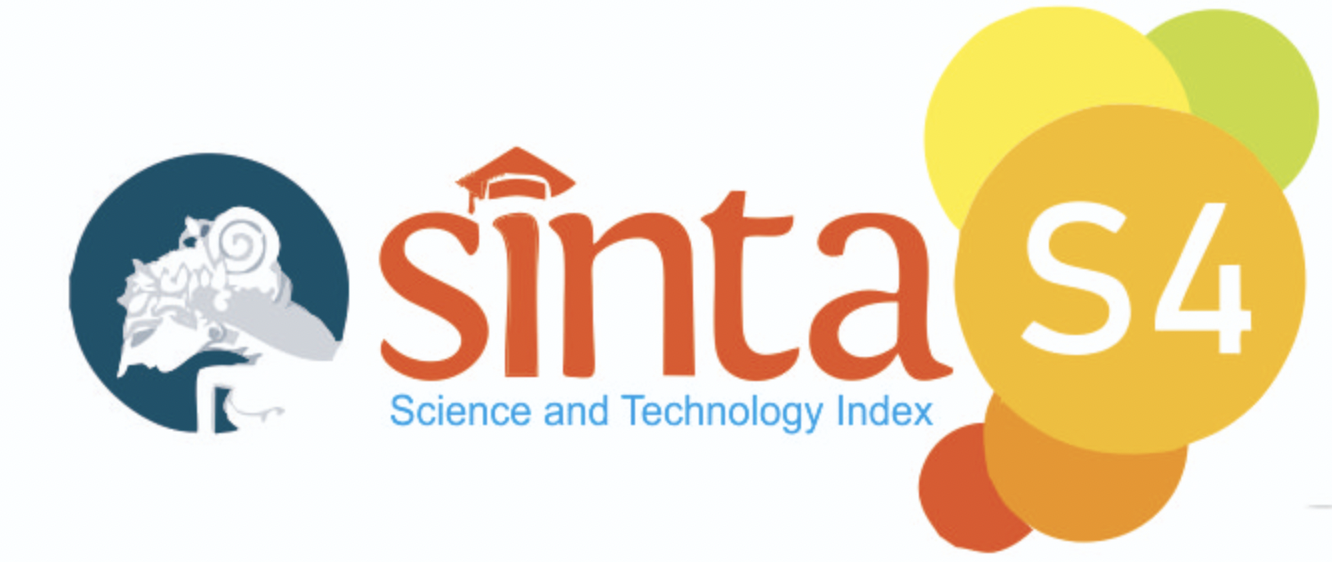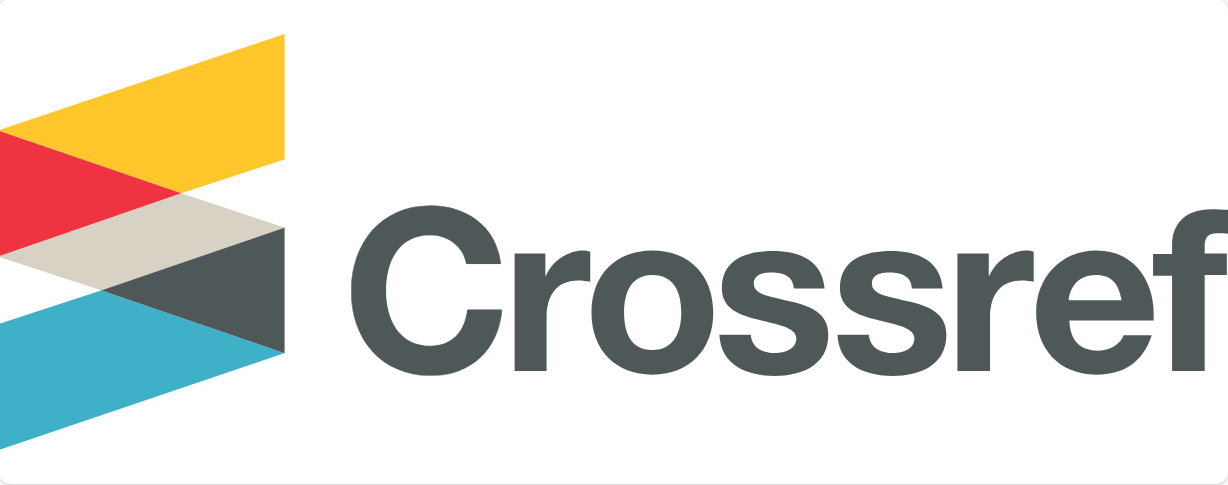Abstract
This study aims to determine: (1) priority intention of children’s OPAC development; (2) natural conditions related to children’s OPAC development; (3) discrepancy between expectations and conditions related to children’s OPAC development; (4) priority needs of the most urgent, feasible and appropriate to be implemented in the Library of the Ministry of Education and Culture (Perpusdikbud). Research data resulted over interviews in December 2020 by the librarians of the Perpusdikbud were analyzed using qualitative descriptive approach. The results showed: (1) the development of child-friendly OPAC has not been a priority need; (2) librarians are fully aware concerning to the importance of the development of children's digital literacy, but the level of conditions for service needs and digital collections for children is still low; (3) the discrepancy consists: aspects of leadership decisions, aspects of systems and tools needed in the development of child-friendly OPACs to the human resources of the developers, factors of funds or expenditures required, factors in the quantity of children’s collections, number of users and literacy levels, and adaptation to learning methods to provide user education to the children about the OPAC; (4) the priority needs that are most appropriate to be implemented by the Perpusdikbud at this time is the grading of children's collections. The results of the study concluded that the need for children’s OPAC development in the Perpusdikbud has not been a priority at this time.
Bahasa Abstract
Penelitian ini bertujuan untuk mengetahui: (1) prioritas tujuan terhadap pengembangan OPAC ramah anak; (2) kondisi lapangan terkait pengembangan OPAC ramah anak; (3) kesenjangan (discrepancy) antara harapan dan kondisi terkait pengembangan OPAC ramah anak; (4) prioritas kebutuhan yang paling mendesak, layak dan patut dilaksanakan di Perpustakaan Kementerian Pendidikan dan Kebudayaan (Perpusdikbud). Penjaringan data dilakukakan melalui wawancara pada bulan Desember 2020 terhadap pustakawan-pustakawan Perpusdikbud, hasil pengumpulan data dianalisis secara deskriptif kualitatif. Hasil penelitian menunjukkan bahwa: (1) pengembangan OPAC ramah anak belum dijadikan suatu prioritas kebutuhan; (2) pustakawan sadar penuh terhadap pentingnya perkembangan literasi digital anak namun tingkat kondisi kebutuhan layanan dan koleksi digital khusus anak dapat dikatakan masih rendah; (3) kesenjangan terdiri dari aspek keputusan pimpinan, aspek sistem dan perangkat yang dibutuhkan dalam pengembangan OPAC ramah anak hingga SDM pengembangnya, faktor dana atau pengeluaran yang diperlukan, faktor jumlah koleksi, jumlah pengunjung dan tingkat literasinya, serta adaptasi dengan metode pembelajaran untuk memberikan pemahaman kepada anak mengenai OPAC tersebut; (4) prioritas kebutuhan yang paling layak dan patut dilaksanakan oleh Perpusdikbud untuk saat ini yaitu perjenjangan koleksi anak. Hasil penelitian yang dapat disimpulkan bahwa kebutuhan pengembangan OPAC ramah anak di Perpusdikbud belum menjadi suatu suatu prioritas pada saat ini.
References
- ALAstore. (n.d.). Cataloging Correctly for Kids: An Introduction to the Tools and Practices, Sixth Edition. https://www.alastore.ala.org/content/cataloging-correctly-kids-introduction-tools-and-practices-sixth-edition
- Fountain, J. F. (2011). Guidelines for Standardized Cataloging for Children. In S. S. Intner, J. F. Fountain & J. Weihs (Eds.), Cataloging Correctly for Kids (5th ed., pp.1-18). Amerika Serikat: American Library Association.
- Indonesia. Perpustakaan Nasional (Perpusnas). (2018). Pedoman Teknis Pusat Jasa Perpustakaan dan Informasi Perpustakaan Nasional, Republik Indonesia. [Press release]. https://www.perpusnas.go.id/webforms/uploads/files/1812180816504D5LurEHeW.pdf
- Jacobsen, L. A. (2011). How Children Search. In S. S. Intner, J. F. Fountain & J. Weihs (Eds.), Cataloging Correctly for Kids (5th ed., pp.19-23). Amerika Serikat: American Library Association.
- Mustika, S. (2020, February 21). Lihat Yuk, Seperti Apa Perpustakaan Kemendikbud. DetikTravel. https://travel.detik.com/domestic-destination/d-4908007/lihat-yuk-seperti-apa-perpustakaan-kemendikbud
- Nasrulloh, I., & Ismail, A. (2017). Analisis Kebutuhan Pembelajaran Berbasis ICT. Jurnal PETIK, 3(1), 28-32. https://journal.institutpendidikan.ac.id/index.php/petik/article/view/355
- Nugrahani, F. (2014). Metode Penelitian Kualitatif dalam Penelitian Pendidikan Bahasa. http://lppm.univetbantara.ac.id/data/materi/Buku.pdf
- Rankin, C. (2018, June). IFLA Guidelines for Library Services to Children aged 0-18 (2nd ed.). [Press release]. https://www.ifla.org/files/assets/libraries-for-children-and-ya/publications/ifla-guidelines-for-library-services-to-children_aged-0-18.pdf
- Riyana, C. & Rullyana, G. (2018). Bahan Ajar Otomasi Perpustakaan [PDF]. Depkurtekpend UPI. http://spada.upi.edu/pluginfile.php/32305/mod_resource/content/1/Bahan%20Ajar%20Otomasi%20Perpustakaan.pdf
- Stufflebeam, D. L. & Coryn, C. L. S. (2014). Evaluation Theory, Models, and Applications. https://wiki.library.ucsf.edu/display/UCPLS/Program+Evaluation+Design+Intensive
- Wu, K., Tang, Y., & Tsai, C. (2014). Graphical Interface Design for Children Seeking Information in a Digital Library. Visualization in Engineering, 2(5), 1-14. https://doi.org/10.1186/2213-7459-2-5
Recommended Citation
Nadila, Rifa and Rullyana, Gema
(2021)
"Kebutuhan Pengembangan OPAC Ramah Anak pada Perpustakaan Kementerian Pendidikan dan Kebudayaan,"
Jurnal Ilmu Informasi, Perpustakaan dan Kearsipan: Vol. 23:
No.
1, Article 4.
DOI: 10.7454/JIPK.v23i1.004
Available at:
https://scholarhub.ui.ac.id/jipk/vol23/iss1/4
Included in
Archival Science Commons, Collection Development and Management Commons, Information Literacy Commons







